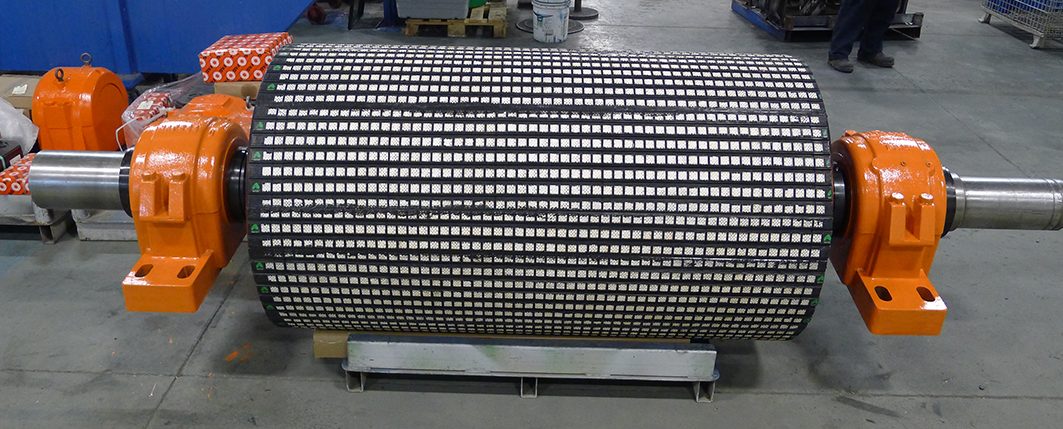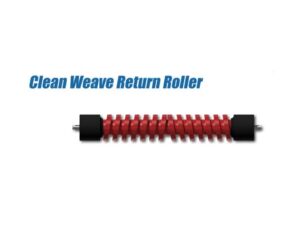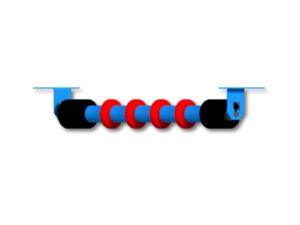The industrial equipment that utilizes pulleys and belts to transmit power goes through a heavy volume of work daily. This highlights the importance of pulley repair services and preventative maintenance to keep your equipment running at an optimal level.
Pulley refurbishment restores damaged or worn out pulleys, a route that is more cost-effective than pulley replacement. In this article, we detail what is included in a pulley refurbishment program and common indicators that require a pulley repair.
Symptoms Of A Defective Pulley
- Visibly worn pulleys – Overtime, the components of a pulley system starts to wear. This eventually leads to reduced tension which may cause the belt to slip. Visible scoring marks on the surface of the pulley calls for attention and a professional repair or replacement service.
- Belt squealing – When an idler pulley is worn, it may cause the belt to squeal as a result of it rubbing against the surface of the pulley. It’s important to get to the root of this issue as soon as possible before more damage occurs that lead to increased downtime.
- Damaged bearing – A worn or damaged bearing can impact the rotation of the belt and lead to more costly problems. A pulley refurbishment program includes inspection that identifies potential problems before they become a larger issue.
What is Included in a Pulley Refurbishment Program
For companies that are looking for top quality restoration, a pulley refurbishment program meets high industry standards to get your equipment up and running as safely and efficiently as possible.
The refurbishment may include:
- Lagging inspection, removal and replacement
- Pulley Bearing inspection, removal and replacement
- Shaft inspection and repair
- Hub and bushing inspection and repair
- Shell and welds inspection for wear, thickness and damage and repair
What to Look for in Pulley Repair Services
A damaged pulley leads to increased downtime and lost production. When choosing a company for pulley repair services, look for quick delivery to minimize downtime and reduce operating costs as well as services that is backed with warranty. Keeping your industrial equipment well-maintained and operating at optimal level is critical to your bottom line.




